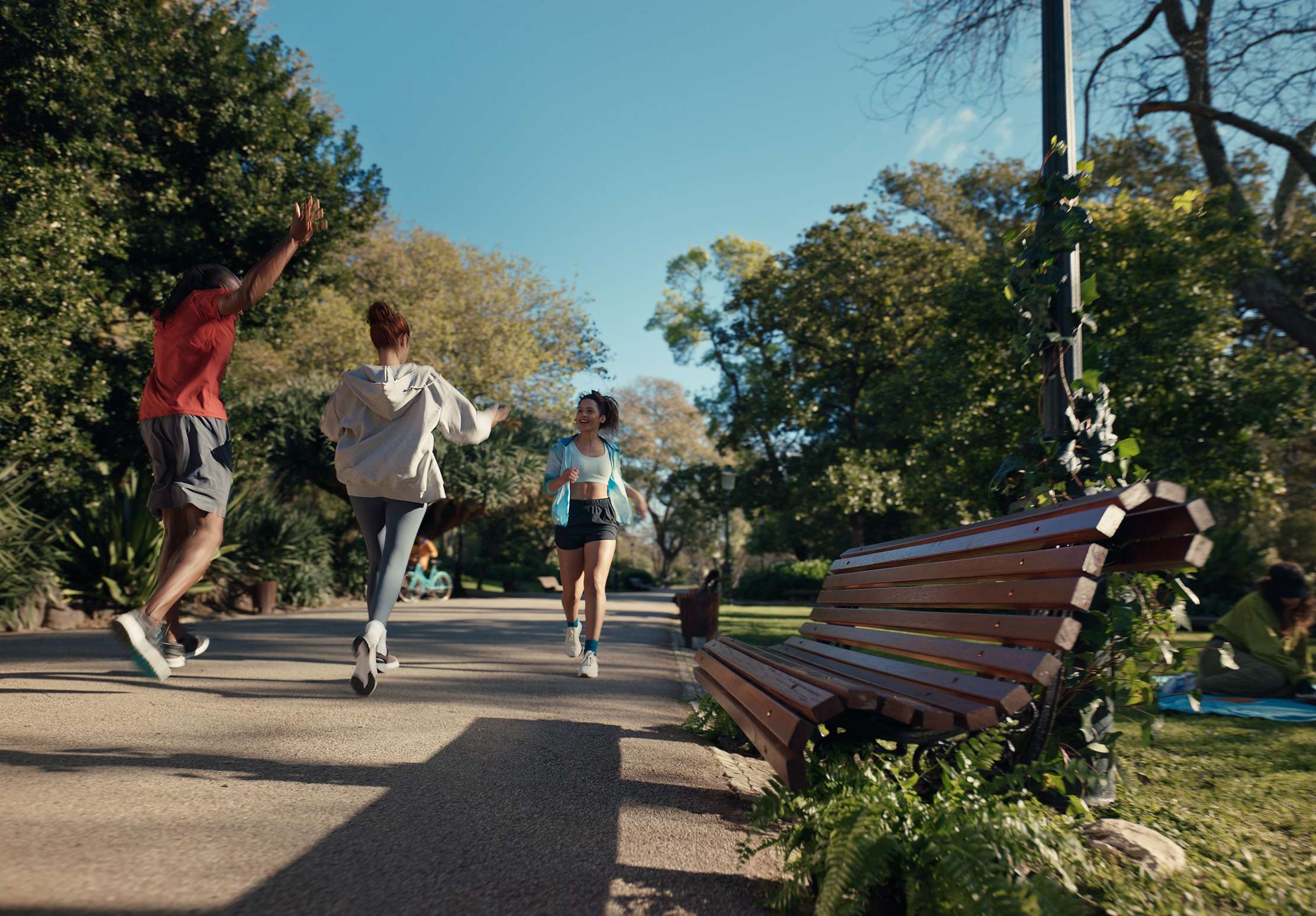Blister Causes & Prevention
The most common type of foot blister for most people is the friction blister. They are those pesky pockets of fluid that form on your foot in the upper layers of skin after too much stress and friction with your shoes. They are formed as the top layer of skin tears away from the tissues below, plasma-like fluid leaks from the cells and begins to fill the gap, cushioning the tissue from further damage.
Lern how to prevent a blister
Keep it comfortable
The first way you can help prevent them is by wearing comfortable, well-fitting shoes.
Be prepared
If you're anticipating a long day on your feet or breaking in new shoes, have an anti-blister stick handy.
Take Action
As soon as you feel a blister forming, immediately apply the stick to prevent further friction and irritation.

Regular running is a great way to stay fit and healthy in body and mind, but the regularity and repetition involved does mean it can sometimes risk becoming a grind rather than a pleasure. And once running starts to feel like a chore, it becomes all the easier to fall behind - or even give up on - your routine.
.jpg)
Every seasoned runner recognises - and chases - that euphoric feeling that comes with finishing a big run. This is called a ‘runner’s high’, and for many it’s precisely the thing that makes going for a long, tiring run appealing in the first place. But what exactly is this feeling, and how does it come about?

Stress is a normal part of life. But too much of it can leave you feeling overwhelmed, anxious, and exhausted. While there are plenty of ways to manage stress, exercise is one of the best. It’s natural, easy to access, and backed by science.
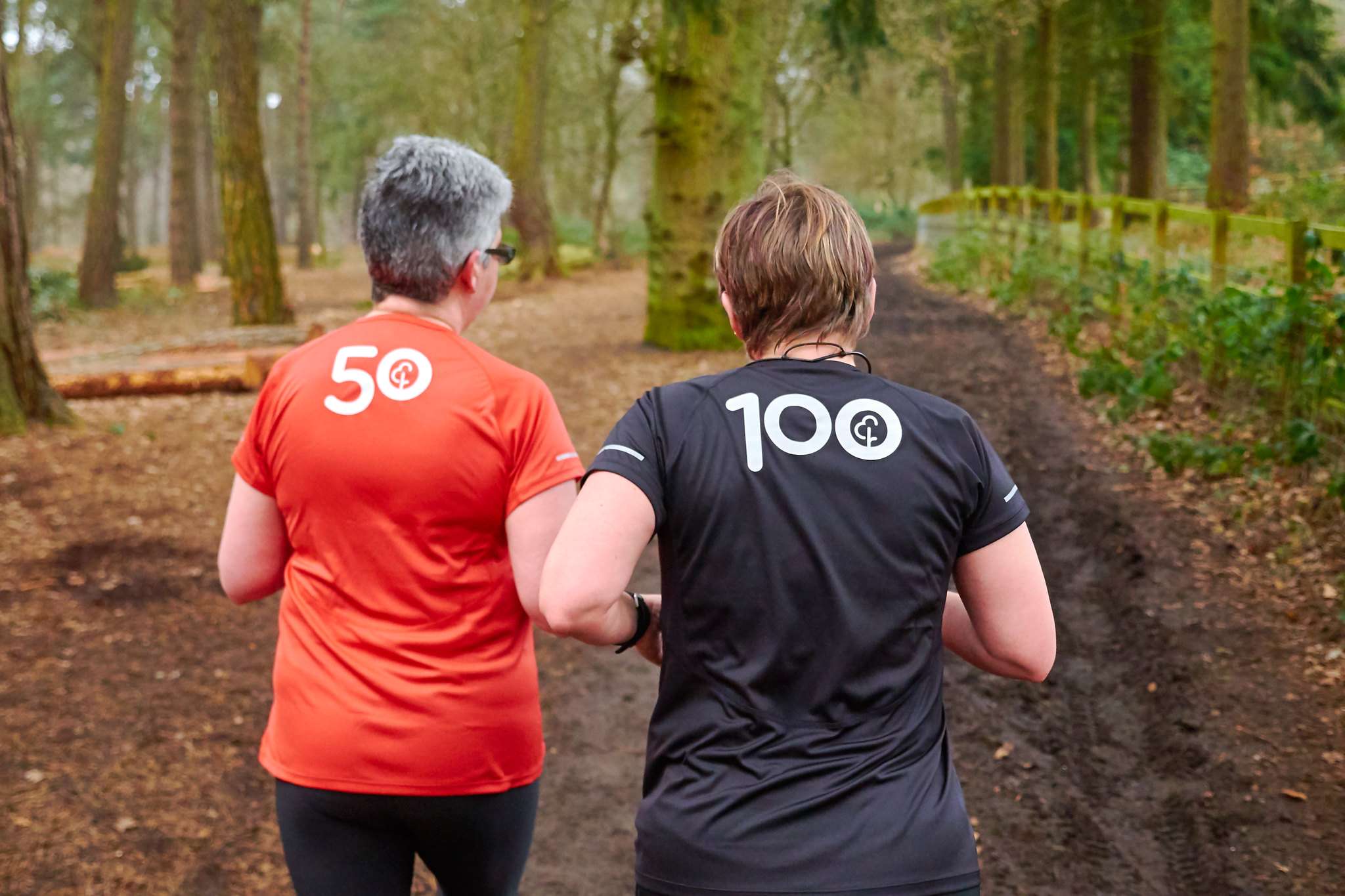
Are you ready to kick-start your fitness journey or simply looking for a fun and social way to stay active? Well, parkrun ticks both boxes and more!
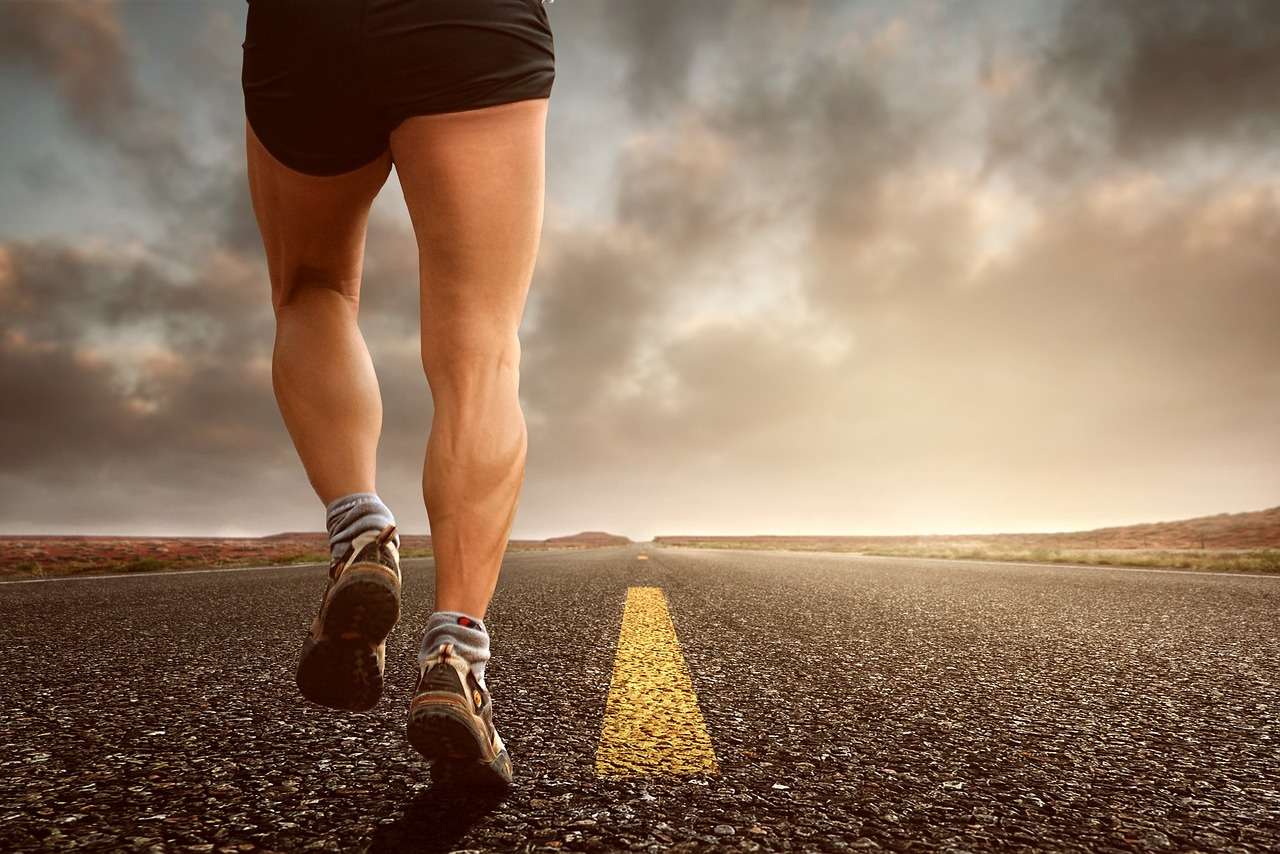
Even if you are an experienced distance runner, and in incredible shape, running a marathon is never easy – least of all for your feet. Even if you’ve done all the training and your muscles, lungs, and stamina are fully prepared, it can be gruelling for your feet.
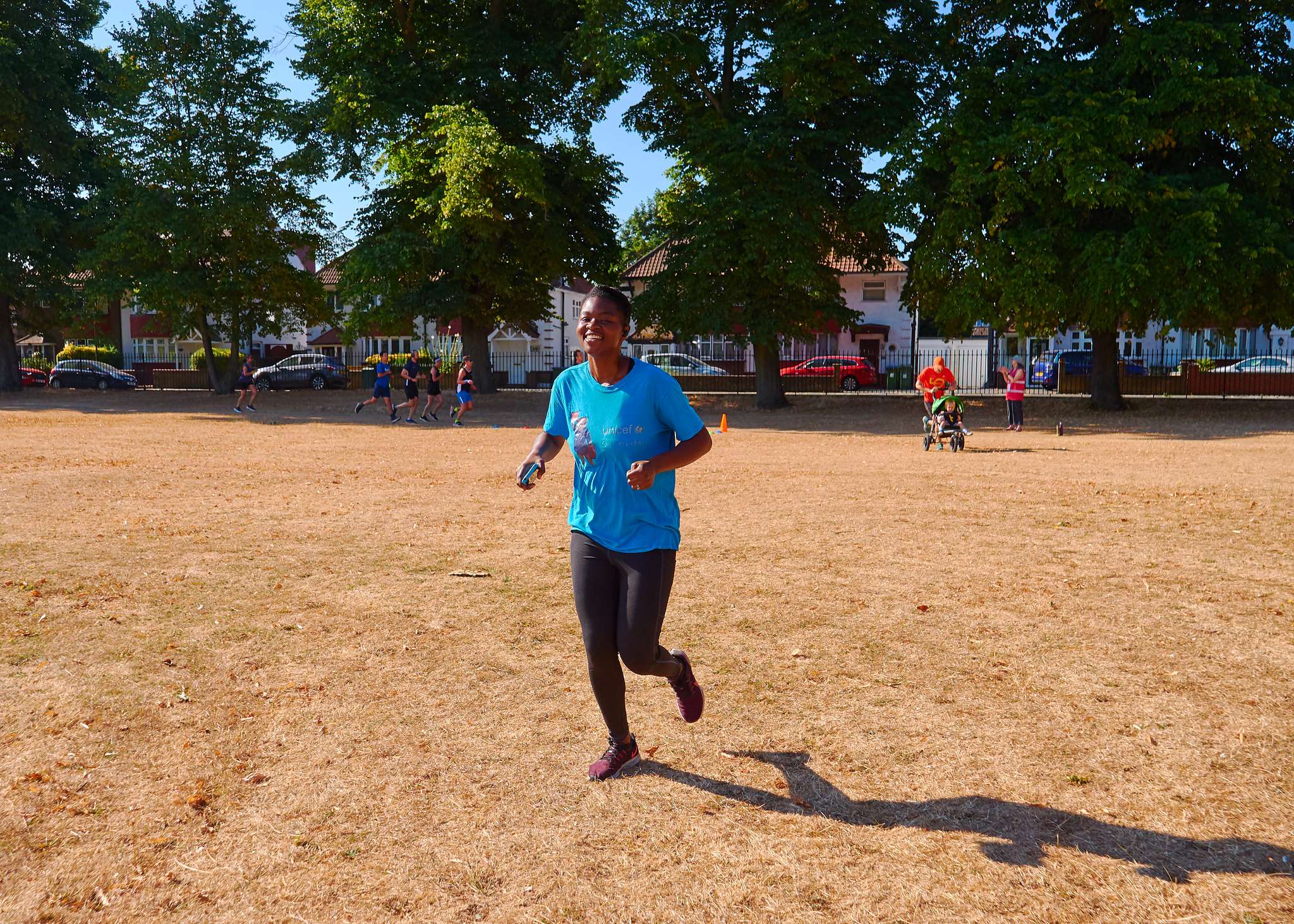
The seasons are changing, the days are warming up and embarking on a running routine is looking more appealing than it has done for months. But whether you’re looking at getting involved with parkrun, starting Couch to 5K or following your own training plan, there can often be one thing stopping you from getting things moving: your own state of mind.

The arrival of a new year often marks a fresh beginning, a time when people around the world make resolutions and set goals to improve their lives. Among the most common New Year’s resolutions is a commitment to achieving better health.
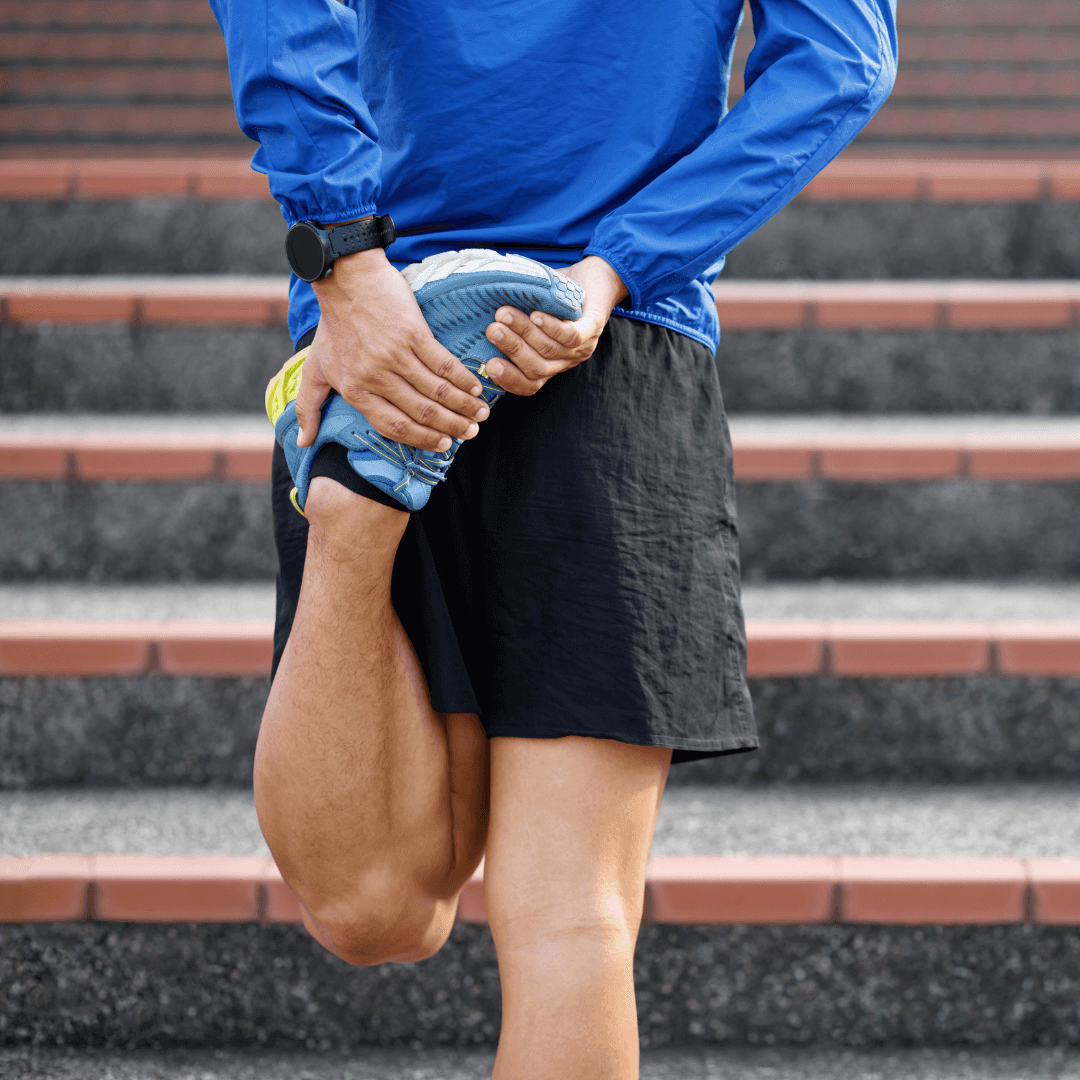
Regular physical activity is vital for overall health and well-being, but the risk of injuries during workouts is a common concern for many individuals. Whether you’re an experienced athlete or just embarking on your fitness journey, prioritising injury prevention is crucial. In this guide, we’ll explore effective strategies to reduce injuries and create a safer workout environment.

Running has long been considered a largely solo activity, but it is increasingly coming to be seen as a sociable group activity, partly as a result of organised group events like parkrun. Today, there are more than 8 million people signed up to parkrun all over the world – and many more who will run in other organised events, or their own informal groups of friends.

As the New Year begins, many of us feel inspired to improve our health. One of the best ways to achieve this is by embracing movement in all its forms. Staying active benefits both physical and mental well-being, making it essential for a healthier, happier you.

As the crisp winter air descends upon us, runners prepare for a different kind of challenge. The cold season brings its own unique set of obstacles, but with the right approach, it can be an invigorating and thrilling experience.

All the leaves are brown, and the sky is grey – but that’s no reason you can’t maintain your workout routine well into autumn, and establish some good exercise habits to carry you all the way through winter too.
FAQ
Got questions? We’ve got you covered!
Blisters develop as a result of repeated friction and rubbing, often from tight or ill fitting shoes
Blisters are fluid filled lesions that develop in response to repeated friction on the skin. Open blisters can be very painful and take up to 7 days to heal (individual experiences may vary (individual experiences may vary.)
Blisters can take several days to heal. Treatments focus on protecting the blister from further friction. Apply a Compeed plaster to prevent further blistering and provide instant pain relief.
If you're wearing shoes that make you more prone to blisters protect your feet from rubbing and friction with Compeed Blister Plasters. You can also prevent blisters by wearing two pairs of thin socks when exercising. Be sure to read our full blister prevention advice.
